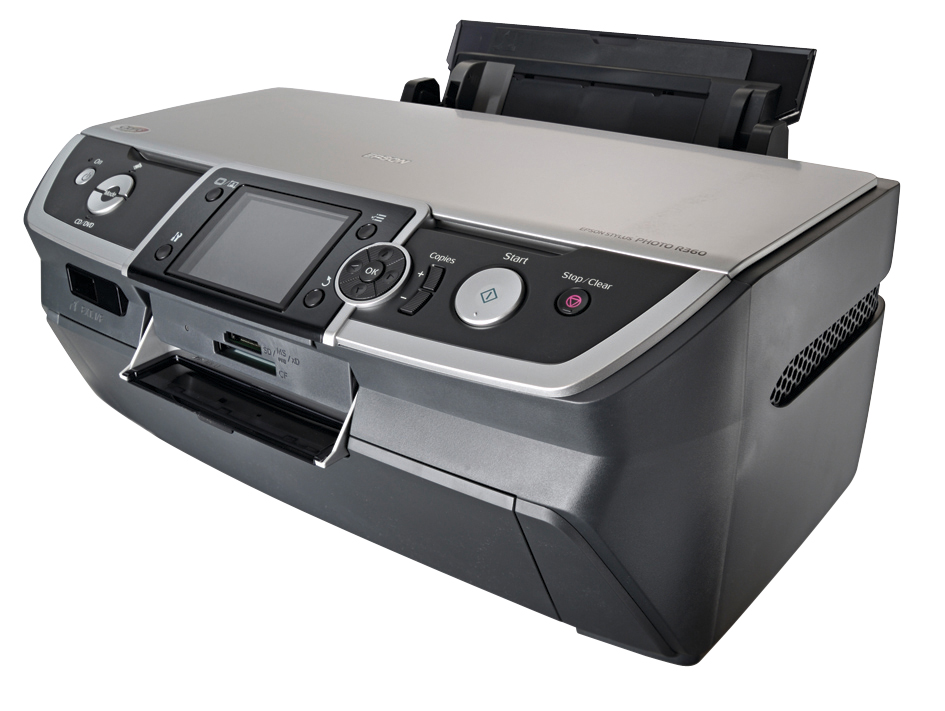TechRadar Verdict
It's only the print speeds that let the R360 down. Everything else works well
Pros
- +
Great colour balance
Good value
Good quality, large LCD
CD prints look great
Cons
- -
Really slow prints
Expensive inks that run out fast
Why you can trust TechRadar
This colour inkjet boasts CD printing facilities, a rack of camera card bays and a large colour LCD screen for previewing shots. You can also print from Bluetooth devices, but need to buy a separate dongle to do this.
The R360 uses better Claria Photographic ink carts, which are supposed to offer a step up in colour representation. The ink carts can be replaced individually for around £7 or bought in six-cart multipacks for £26 (prices from Amazon.co.uk). Predictably, we found the cartridges ran out quickly.
The printer scored an 'excellent' on colour and 'above average' on resolution. Fine resolution and crisp details are slightly off when viewed close up. The improvement over Epson's budget D92 is startling, though. The colours are much livelier and make the printer well worth the extra £30.
The print speeds, however, are slow. One colour A4 print on Epson Premium Glossy paper took 4mins 22secs to finish; one 10x15cm print also took its time at 1min 13secs. On standard paper, we printed ten colour A4 sheets in 3mins 23secs. Epson advertises the printer with a colour print speed of 30ppm, which is ambitious to say the least.
Text printing was acceptable. From standby mode our standard text printed out in 32 seconds. Subsequent sheets took just 18 seconds. The text quality is fine at this price point, but when we switched from printing colour glossies to black and white text, the first text sheet carried waste ink from the rollers to the sheet. So the first print was useless.
Printing from cards is straightforward. The framing is easy on the LCD and the software simple to navigate. CD printing is also easy. We used the bundled Epson Print CD software, which works fine.
Overall, the R360 is a slow but versatile printer that will give you good prints.
Tech.co.uk was the former name of TechRadar.com. Its staff were at the forefront of the digital publishing revolution, and spearheaded the move to bring consumer technology journalism to its natural home – online. Many of the current TechRadar staff started life a Tech.co.uk staff writer, covering everything from the emerging smartphone market to the evolving market of personal computers. Think of it as the building blocks of the TechRadar you love today.
